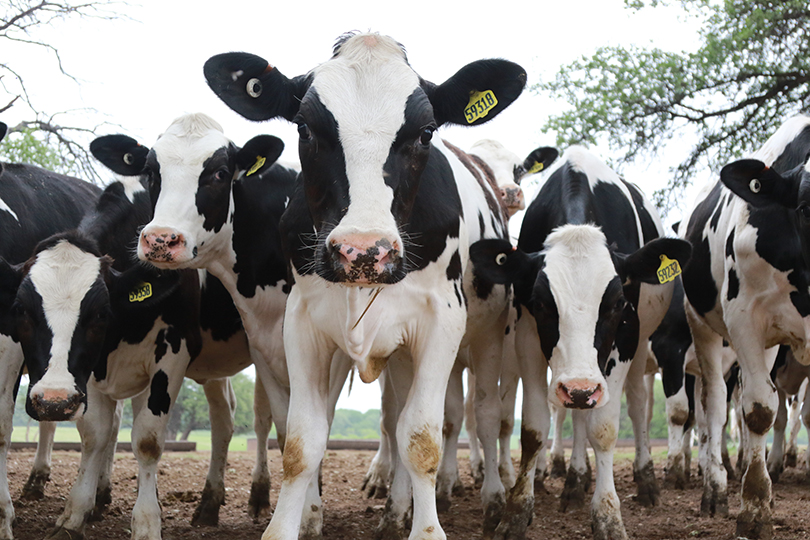The U.S. Department of Agriculture (USDA) opened signup for the Dairy Margin Coverage (DMC) program and expanded the program to allow dairy farmers to better protect their farms by enrolling supplemental production. This signup period—which runs from Dec. 13, 2021 to Feb. 18, 2022—enables farmers to get coverage through this important safety-net program for another year, as well as get additional assistance through the new Supplemental DMC.
Supplemental DMC will provide $580 million to better help small- and mid-sized dairy farms that have increased production over the years but were not able to enroll the additional production. Now, they will be able to retroactively receive payments for that supplemental production.
USDA’s Farm Service Agency (FSA) also updated how feed costs are calculated, which will make the program more reflective of actual dairy farmer expenses.
Supplemental DMC enrollment
Eligible dairy farms with less than 5 million pounds of established production history may enroll supplemental pounds based upon a formula using 2019 actual milk marketings, which will result in additional payments. Farmers will be required to provide FSA with their 2019 Milk Marketing Statement.
Supplemental DMC coverage is applicable to calendar years 2021, 2022 and 2023. Participating dairy farms with supplemental production may receive retroactive supplemental payments for 2021 in addition to payments based on their established production history.
Supplemental DMC will require a revision to a farmer’s 2021 DMC contract and must occur before enrollment in DMC for the 2022 program year. Farmers will be able to revise 2021 DMC contracts and then apply for 2022 DMC by contacting their local USDA Service Center.
DMC 2022 enrollment
After making any revisions to 2021 DMC contracts for Supplemental DMC, farmers can sign up for 2022 coverage. DMC provides eligible dairy farmers with risk management coverage that pays farmers when the difference between the price of milk and the cost of feed falls below a certain level. So far in 2021, payments have triggered for January through October for more than $1 billion.
For DMC enrollment, farmers must certify with FSA that the operation is commercially marketing milk, sign all required forms and pay the $100 administrative fee. The fee is waived for farmers who are considered limited resource, beginning, socially disadvantaged or a military veteran. To determine the appropriate level of DMC coverage for a specific dairy operation, farmers can use the online dairy decision tool.
Updates to feed costs
USDA is also changing the DMC feed cost formula to better reflect the actual cost dairy farmers pay for high-quality alfalfa hay. FSA will calculate payments using 100% premium alfalfa hay rather than 50%. The amended feed cost formula will make DMC payments more reflective of actual dairy farmer expenses.
Additional Dairy Assistance
The announcement is part of a broader package to help the dairy industry respond to the pandemic and other challenges. USDA is also amending Dairy Indemnity Payment Program (DIPP) regulations to add provisions for the indemnification of cows that are likely to be not marketable for longer durations, as a result, for example, of per- and polyfluoroalkyl substances.
FSA also worked closely with USDA’s Natural Resources Conservation Service to target assistance through the Environmental Quality Incentives Program and other conservation programs.
Other recent dairy announcements include $350 million through the Pandemic Market Volatility Assistance Program and $400 million for the Dairy Donation Program.
Additional details on these changes to DMC and DIPP can be found in a rule that will be published soon in the Federal Register. This rule also included information on the new Oriental Fruit Fly Program, as well as changes to FSA conservation programs. A copy of the rule is available here.
More Information
To learn more or to participate in DMC or DIPP, farmers should contact their local USDA Service Center. Service Center staff continue to work with farmers and ranchers via phone, email and other digital tools. Because of the pandemic, some USDA Service Centers are open to limited visitors. Farmers should contact their service center to set up an in-person or phone appointment.
More information related to USDA’s response and relief for farmers and ranchers can be found at farmers.gov/coronavirus.

